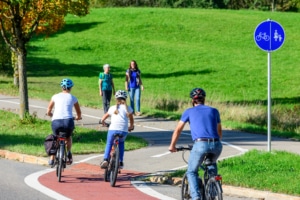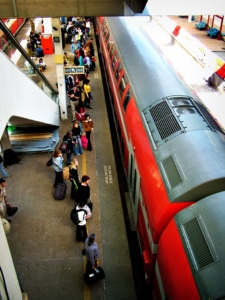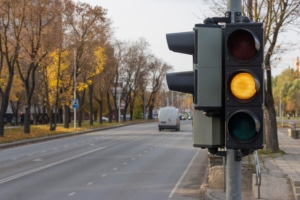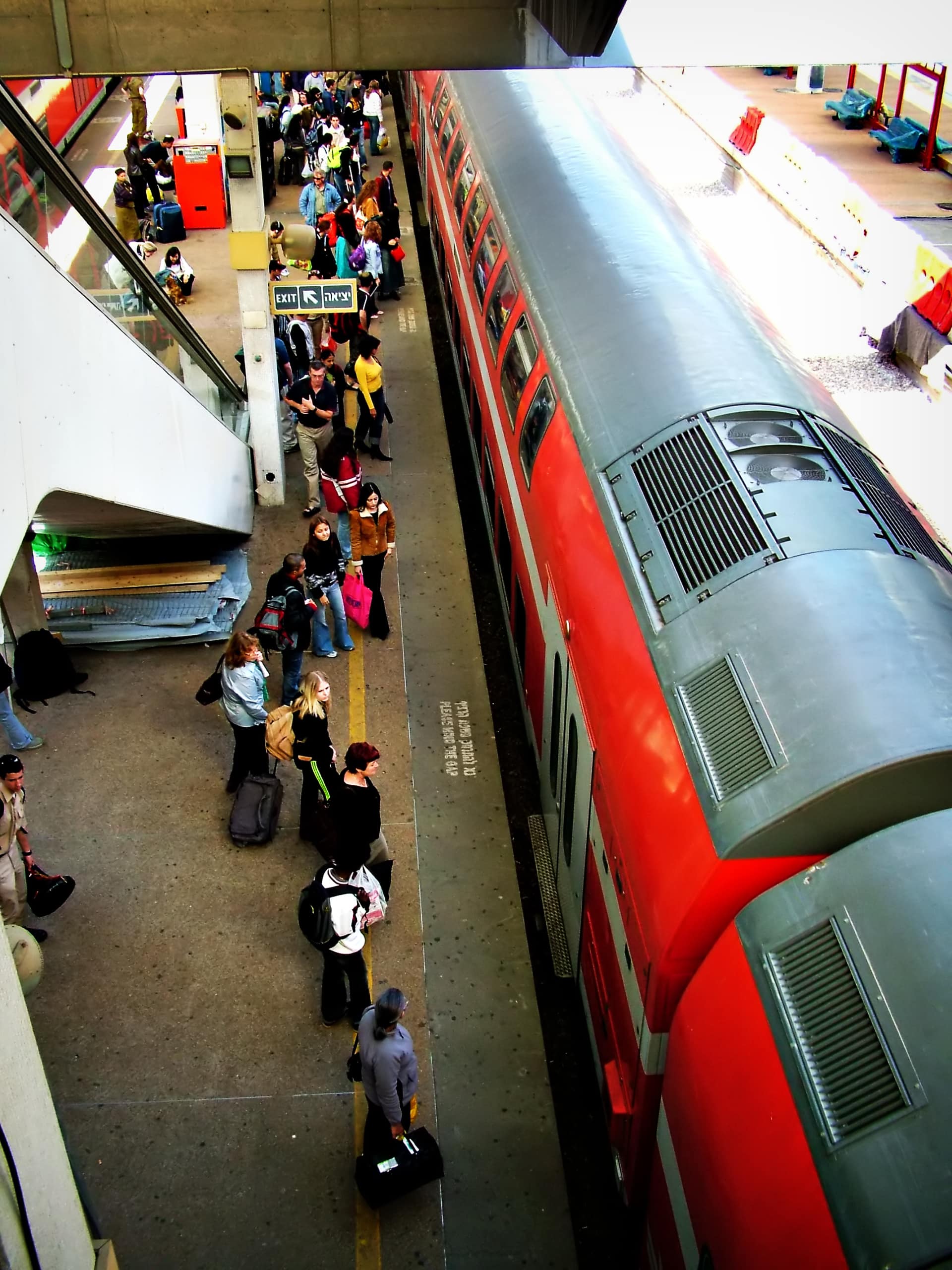
Passenger Counting in Public Transport: Technologies, Benefits, and Drawbacks
As a mobility analyst, operations manager, or part of a public transport network’s marketing department, you’re likely facing a recurring challenge: understanding and optimizing your network. To achieve this, having accurate, reliable, and comprehensive data can truly make a difference.
Quantifying passenger volumes using data enables in-depth analyses and decisions that reflect observed usage and user demand.
This article, focused on passenger counting in public transport (trains, metro, buses, trams…), has been specifically written to help you adopt the most effective operational approach.
Reading time :10min
Why measure passenger traffic in public transport?
Passenger measurement in public transport is a cornerstone for addressing many critical challenges in the sector.
For efficient network management
One major challenge for transport network operators is managing capacity and punctuality. Without a precise understanding of passenger demand at different times and on various lines, it’s difficult to properly size services. Passenger counting also provides real-time insights into crowding, enabling proactive measures to prevent overload or delays.
To enhance customer experience
Passenger satisfaction is central to the success of public transport. Delays, safety issues, or infrequent service can significantly hinder the effectiveness of public transit policies.
Accurate ridership measurements help anticipate peak demand and adjust services accordingly. Real-time information can also be used to inform passengers about delays and alternative options (shuttles, suggested routes…), improving the overall travel experience.
For strategic transport planning
To evolve and meet changing user needs, public and private networks must constantly adapt. Passenger measurement provides historical and/or real-time data essential for strategically planning new routes, optimizing schedules, or expanding services. It also supports the evaluation of initiatives and long-term investments to assess the impact of new policies.
To reduce environmental and economic impact
Public transport plays a vital role in reducing road congestion and greenhouse gas emissions. Improved efficiency through better demand understanding can help reduce reliance on personal vehicles and promote more sustainable mobility. Moreover, optimized network management translates into significant cost savings—for both operators and users.
Key modal shift arguments from car to public transport include service coverage, frequency, and punctuality.
The importance of permanent passenger counting
Continuous passenger measurement in public transport is an essential tool to tackle urban mobility challenges and improve service quality for users.
Dynamic service optimization
Monitoring passenger flows allows for dynamic and responsive network management. By analyzing real-time ridership data, operators can quickly adjust service frequency and capacity based on demand variations. This prevents both overcrowding and underuse of resources, ensuring services remain both cost-efficient and eco-friendly.
Responsiveness to unexpected events
Unplanned incidents—such as extreme weather, strikes, technical failures, or suspected abandoned packages—can seriously disrupt transport networks. Continuous monitoring provides operators with the ability to react quickly to such events by adapting services to minimize inconvenience. This may include deploying extra vehicles, adjusting routes, or delivering real-time information to help passengers plan.
Enhanced service quality, user experience, and passenger safety
Continuous ridership measurement directly improves user experience. Passengers benefit from more reliable services, with less waiting and congestion. Real-time crowding data can be shared via mobile apps or display screens, enabling informed decisions.
In terms of safety, monitoring passenger density and movements helps operators detect high-risk zones where crowding or accidents are more likely. It also enables identification of unusual behavior or potentially dangerous situations like sudden crowd movements, allowing rapid intervention to protect users.
Long-term data series
Continuous ridership measurement enables historical data collection to support “cold” analyses such as:
- Year-over-year traffic comparisons
- Flow variability across weekdays vs. weekends, school vs. vacation periods
- Evaluating the impact of specific incidents (e.g., comparing different cases of abandoned packages to a “normal” day)
- Measuring the effects of large events like sports games, concerts, or local festivals
Such data reinforces trust in the network and can encourage more users to choose sustainable transport modes.
Traditional Passenger Counting Methods
Historically, public transport operators have used so-called “traditional” methods to count passengers and measure ridership.
Manual counts and surveys
Manual passenger counts and Origin-Destination (O-D) surveys were among the first methods used. These typically involved staff counting passengers at stations or stops, with O-D surveys collecting data on journey origins/destinations, travel habits, and frequencies through interviews.
Advantages :
- Provides qualitative insights and specific feedback
- Flexibility in choosing measurement points and criteria
- Possibility to collect demographic data and user experience feedback
Limitations :
- Labor-intensive and potentially costly, especially for extended collection periods
- Risk of data error or bias, particularly during peak ridership
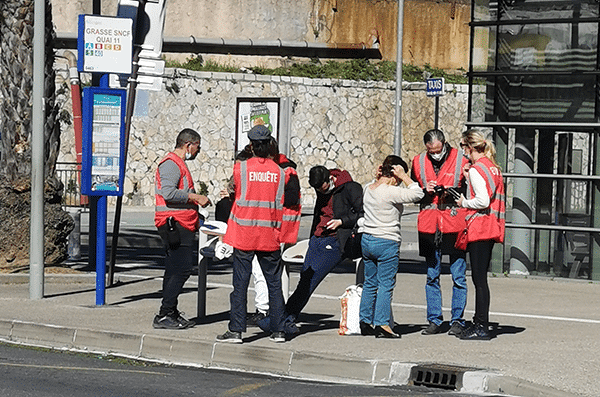
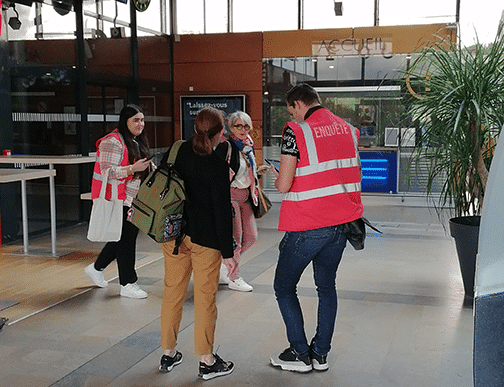
Mechanical counters
Devices like turnstiles and gates were (and still are) used to count passengers at station or terminal entrances/exits.
Advantages :
- Accurate and automated
- Suitable for high-traffic environments
Limitations :
- Limited to specific access points
- No insight into in-vehicle or in-station movements or passenger profiles
Tickets and subscription cards
Ticket purchases and validations generate data each time a passenger travels. Modern ticketing systems can be paired with geolocation to better understand travel patterns.
Advantages :
- Continuous and automated data collection
Limitations :
- Doesn’t capture real-time ridership
- Relies on proper validation behavior from users
Automated Passenger Counting Technologies
Recent technological advances have introduced new, powerful passenger counting methods in public transport, offering significant advantages over traditional approaches.
The following compares several technologies, each suited for different use cases. Technical skills and knowledge of passenger flow analysis are critical for sensor placement, performance KPI definition, and successful on-the-ground deployment.
Automatic Passenger Counters (infrared or stereoscopic technology)
Infrared or stereoscopic sensors detect and count boarding/alighting passengers in real time.
Advantages :
- Continuous real-time automated data collection
- Accurate counts
- Reduced human error
Limitations :
- Best suited for narrow passageways (one-by-one entry)
- Dependent on communication network (3G/4G/5G), which can be an issue in underground environments
Ticketing systems (RFID and NFC)
Contactless ticketing via RFID or NFC-equipped cards and smartphones enables automated validation and data capture.
Advantages :
- User journey tracking
- Passive data collection at each validation
Limitations :
- Doesn’t account for users with unvalidated or free-access tickets
- Less precise for analyzing internal network flows
Smart sensors: 2D cameras with AI
AI-powered cameras detect and count passengers from video feeds. Algorithms process the footage in real time to deliver anonymous statistical data.
They can distinguish entries/exits, detect waiting times, and identify user behavior (e.g., with strollers, luggage, bikes), without human intervention.
Ideal for counting, safety, and operations support—currently the most versatile solution across all scenarios.
Advantages :
- Real-time monitoring and counting
- Behavioral analysis
- Suitable for open indoor/outdoor spaces and narrow/wide passageways
Limitations :
- Must comply with data protection regulations (GDPR)
- Camera positioning requires field expertise to ensure data quality
Exemple de comptage voyageurs par caméras intelligentes
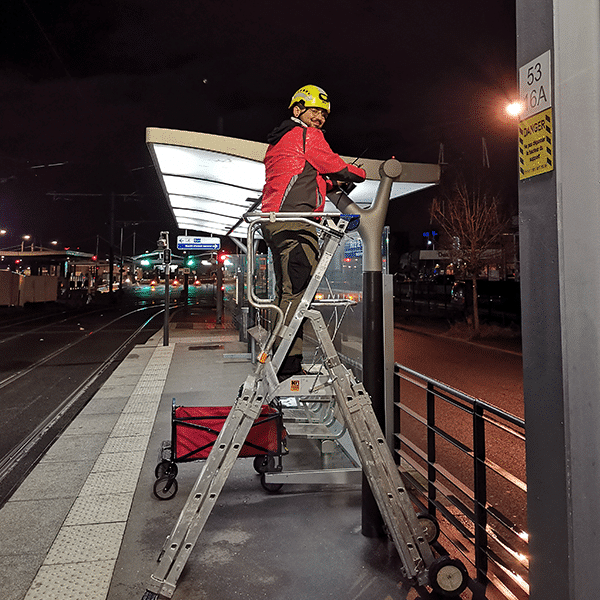
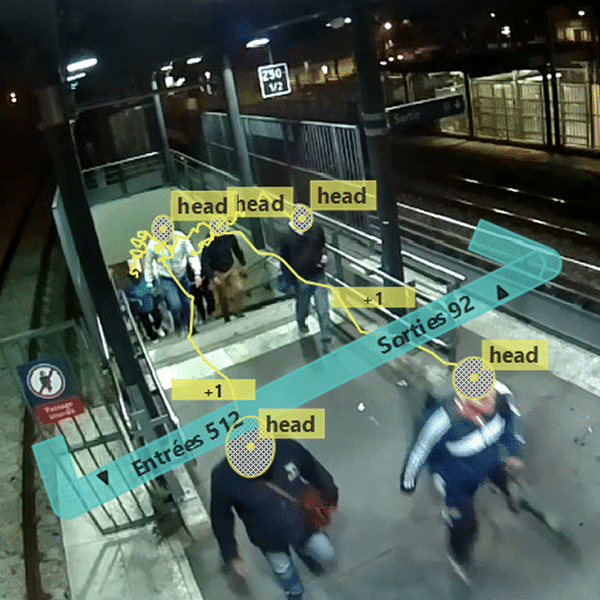
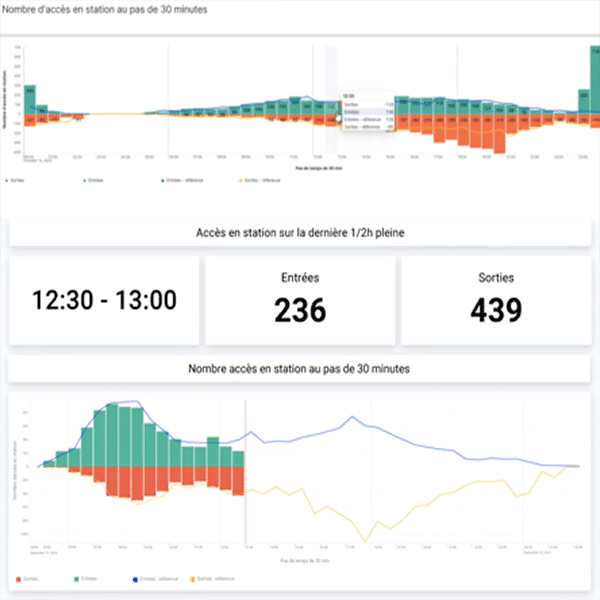
Smart sensors: 3D stereoscopic cameras
These devices capture 3D images to calculate distances, enabling accurate counts from overhead placements.
Advantages :
- Real-time automated counting
- Handles high-traffic areas and both narrow/wide passages
Limitations :
- Requires POE (Power Over Ethernet) cabling, which isn’t suitable for all locations
- Doesn’t distinguish specific object types like strollers or shopping carts
Smartphone Wi-Fi and Bluetooth traces
Most smartphones have Wi-Fi and Bluetooth, which can be used to detect passenger presence. Sensors identify active devices and use anonymized MAC addresses for counting.
Advantages :
- Tracks user paths and travel durations across the network
Limitations :
- Requires data anonymization to protect privacy
- Needs appropriate tech infrastructure
- Incomplete coverage (approx. 25–40% sampling rate)
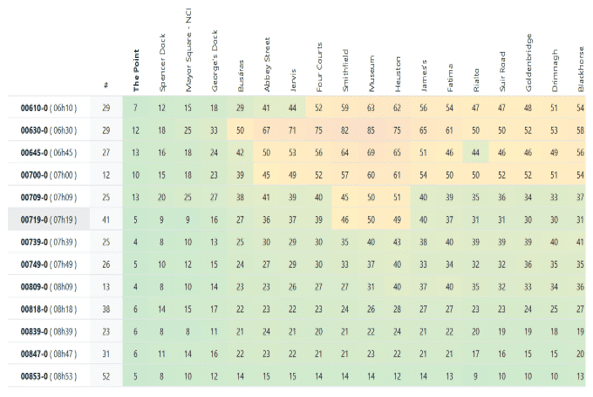
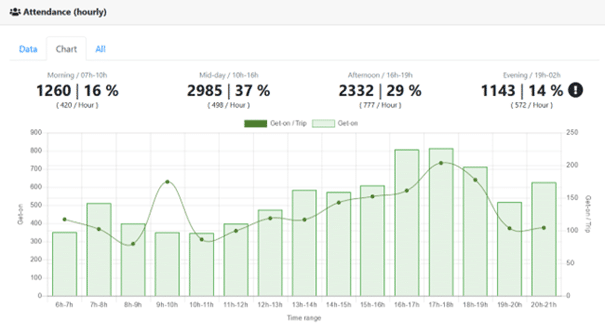
GPS and mobile applications
Public transport apps use GPS to track users and provide real-time service updates. Useful for collecting travel data and user feedback.
Advantages :
- Real-time data collection and passenger interaction
- Personalized travel experience
Limitations :
- Biased toward app users (not the entire population)
- Requires strong data privacy management
Conclusion and Outlook
Passenger counting is far more than just data collection—it’s a key lever for addressing challenges like modal shift, evolving service needs, and network optimization.
Traditional methods laid the groundwork and are still relevant, but modern technologies provide unmatched precision, real-time insight, and behavioral analytics.
Beyond routine operations, these same tools can help anticipate and manage crowding during major events, such as Olympic Games, international matches, or large concerts.



